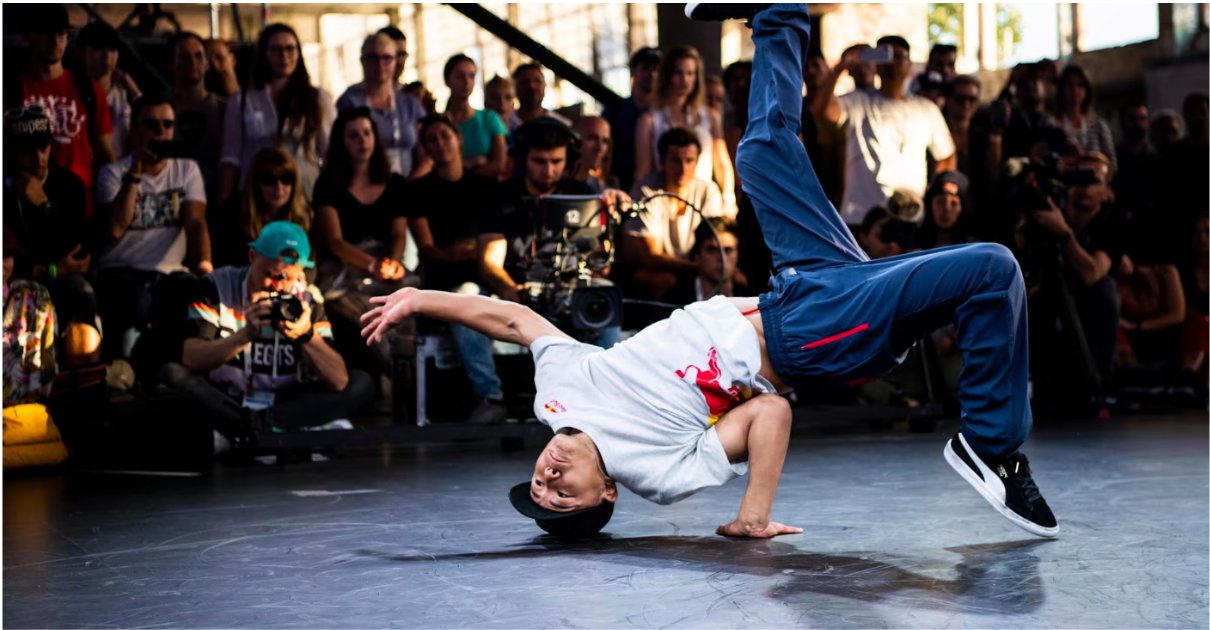One of our favourite studios moves out of *Scape and rebrands as L5 by O School at GR.iD with a dimensional dance performance and dialogue!
As we all know, O School has been located at *Scape for as long as we can remember. Beyond the dance courses and open classes at the studio, plenty of dancers have a long-standing relationship with *Scape — be it for a session, sharing, dance camp or competition.

However, from 5 September 5 2022, *Scape will undergo reconstruction and renovations to revamp itself. Set to be ready by 2024, the new space will continue to accommodate the innovation and artistry of the youth.
So, if *Scape closes down, does that mean O School closes down too…? Absolutely not!
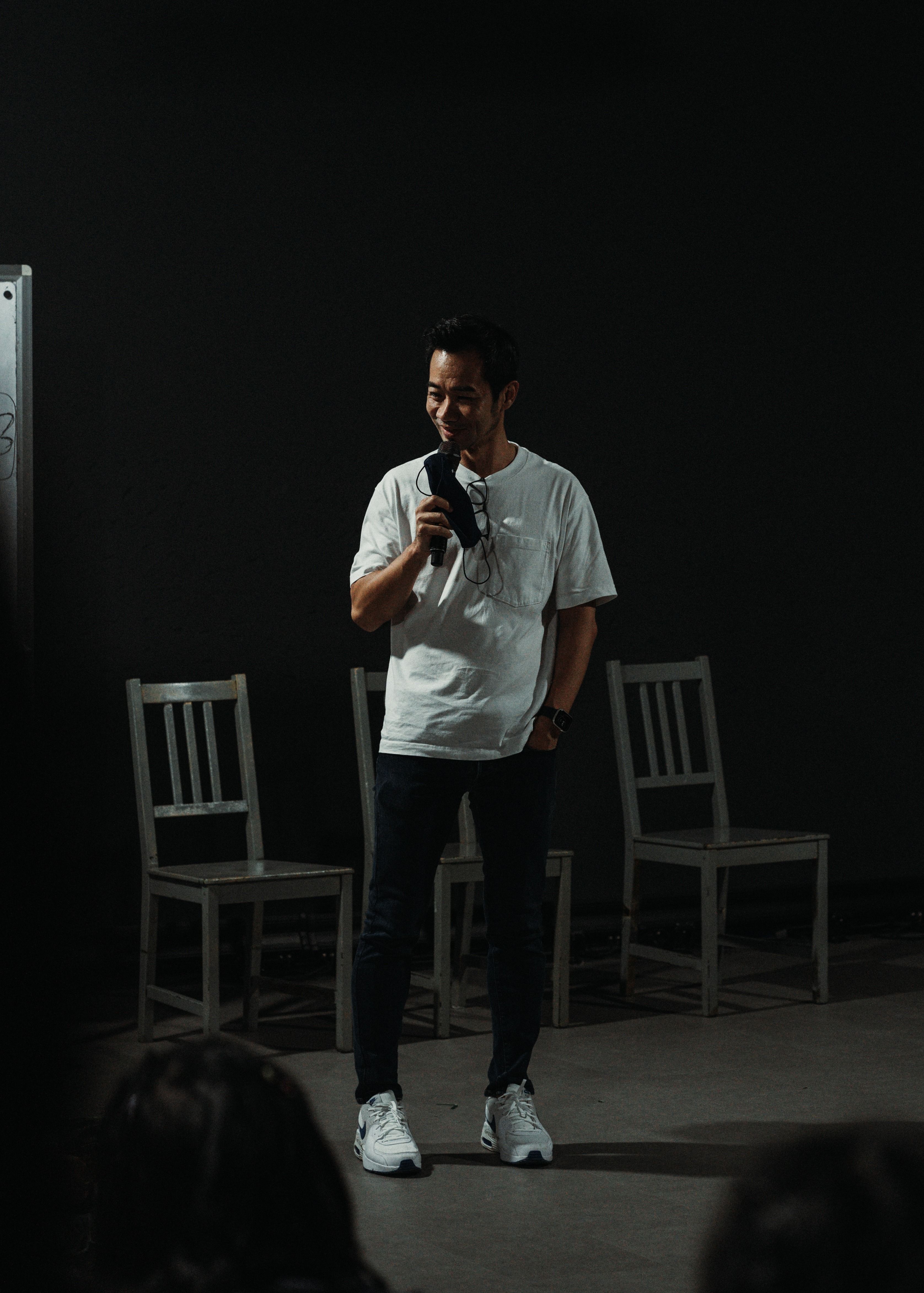
Within a week, O School reopened at GR.iD with four brand new studios. The new location is now called Level 5 by O School. They are now located on the fifth level. But more importantly, this name rebranding is because they wanted to shift their focus into being a collaborative dance space and space solution for the community.
Understanding that many dancers utilise the open spaces at *Scape, and how many dancers struggle to find a conducive space to rehearse, O School wants to provide a solution. This would mean affordably providing their spaces for rent — the four studios and the additional multipurpose space. Sharing that they are recognised under the Community Sports Facility Scheme, they have the space for ten years without concern of rising rent.
The acclaimed studio hopes to bring in more partners and collaborations beyond their usual programming. The goal is to have more dance spaces for dancers and to hold more classes and events, which will eventually open up more career tracts for budding talents. They also went a step further by making each studio different, allowing a unique experience and feel in every room.
O School’s usual courses and classes resumed on 22 August, but we got to have an early look at the new space a few days prior on 19 August as they opened with the second edition of Six.5678.
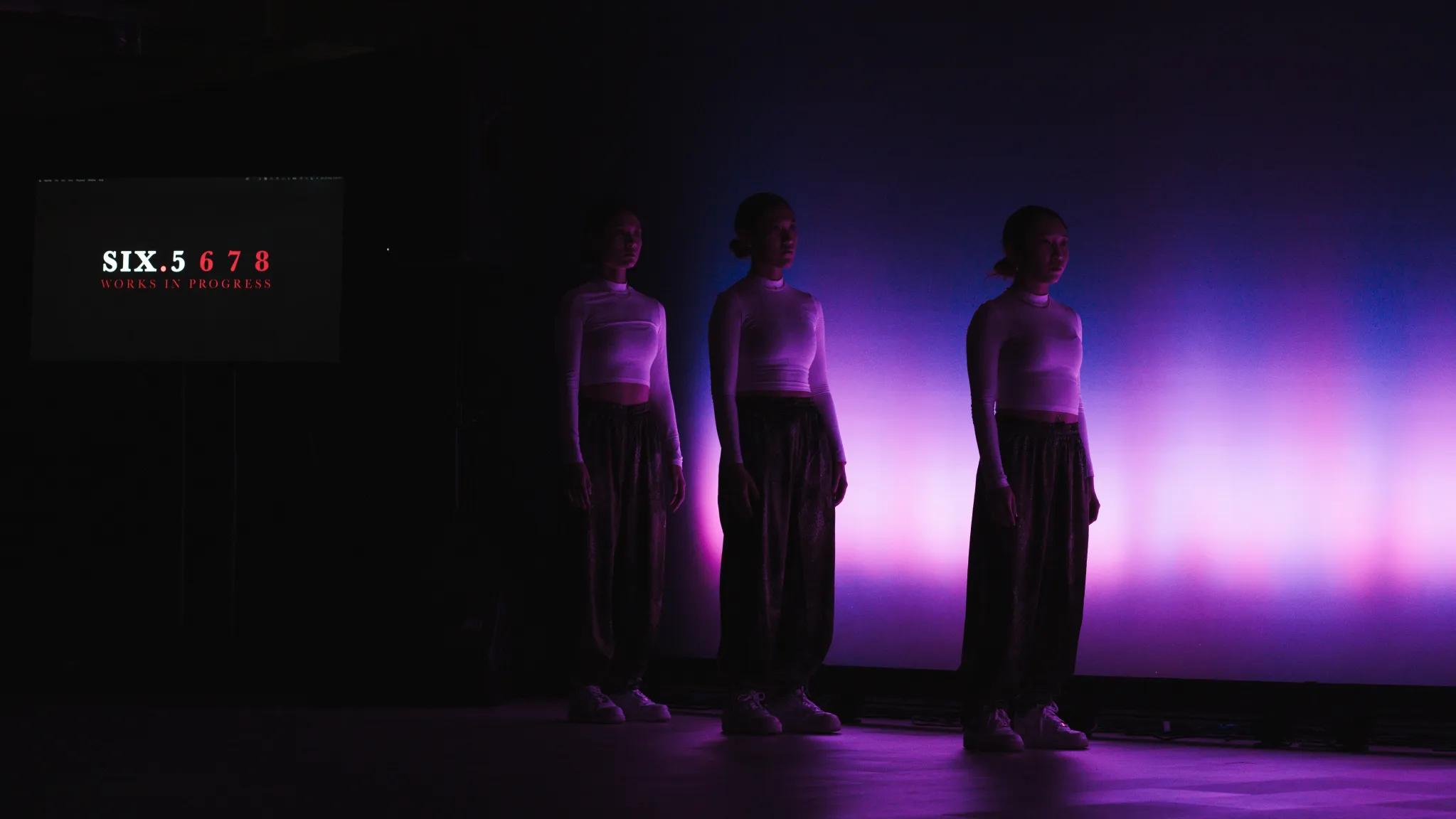
Six.5 is a dance company composed of O School’s faculty members and instructors. Their aim is to present the Singapore narrative in an artistic and entertaining style, and Six.5678 is one of the many productions they put up. This platform aims to allow choreographers to explore, create and bring depth into their creative process. There is an emphasis on the journey and process of creation instead of just the outcome.
This edition of Six.5678 was entitled Works in Progress. Three items were put up and they all dive into the process of dissecting open class choreographies. It aims to investigate different components of choreography, rhythm, vocabulary and styling.
Experiencing this performance as an audience was so immersive and captivating. The audience was so silent but in the best way of showing amazement; the dancers were allowed to completely showcase their movements before the cheers came on.

The three Works in Progress were ‘Edit’ by An An, ‘Weave’ by Ah Lee and ‘Hitung’ by Kamil. The items start out with a video of each choreographer and one of their open class pieces. I think this highlights the exploration of the choreographers in their items because we get to see the difference in the process and outcome.
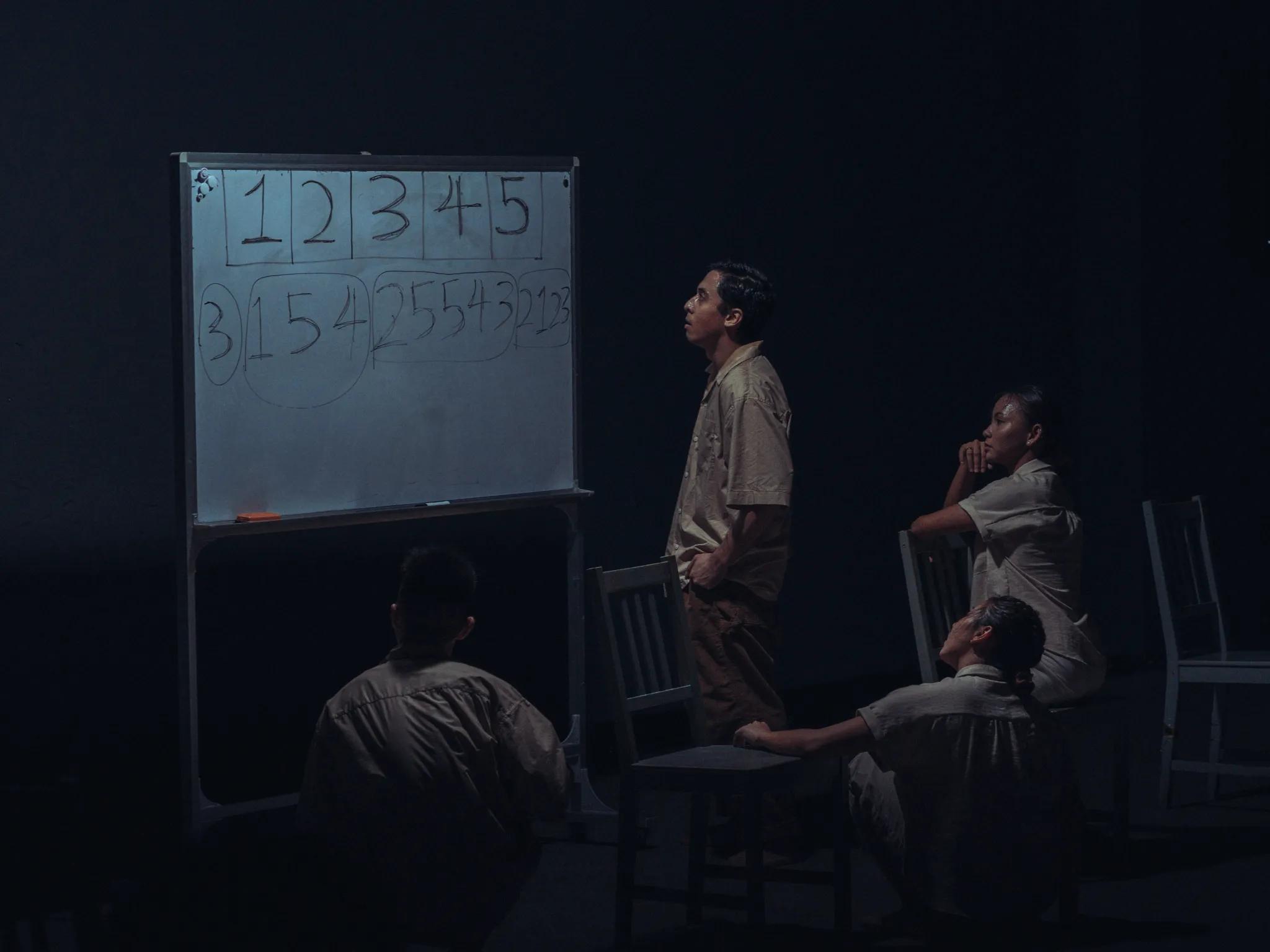
In the post-show dialogue, we got to learn more about the intentions of the choreographers when they were creating the item.
An An and Ah Lee were curious about the “inner self”, “utilising movement and amplifying them with individual style.” Both hoped their dancers could build on their regular dancing to break away from their comfort zones and create something different.
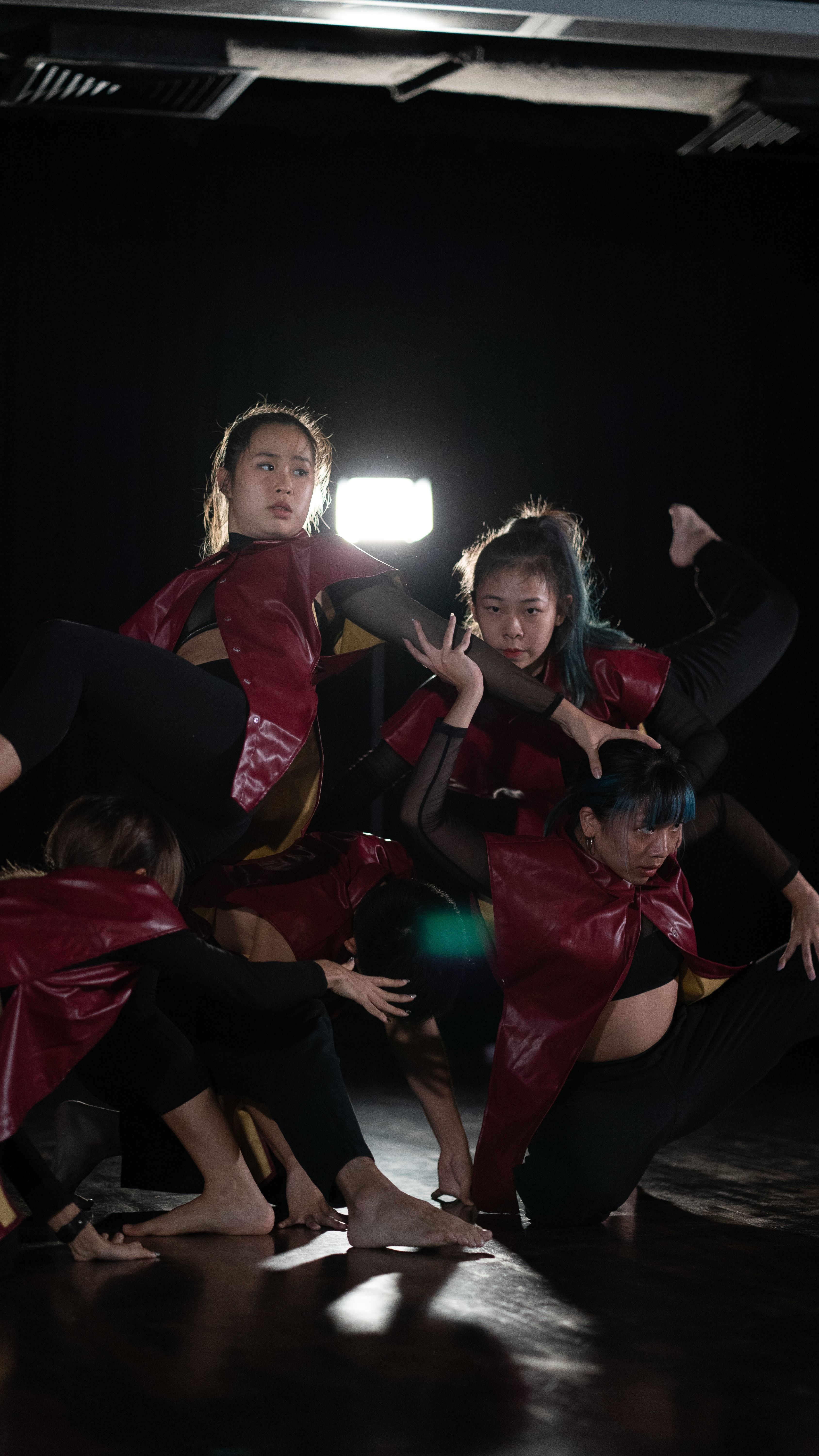
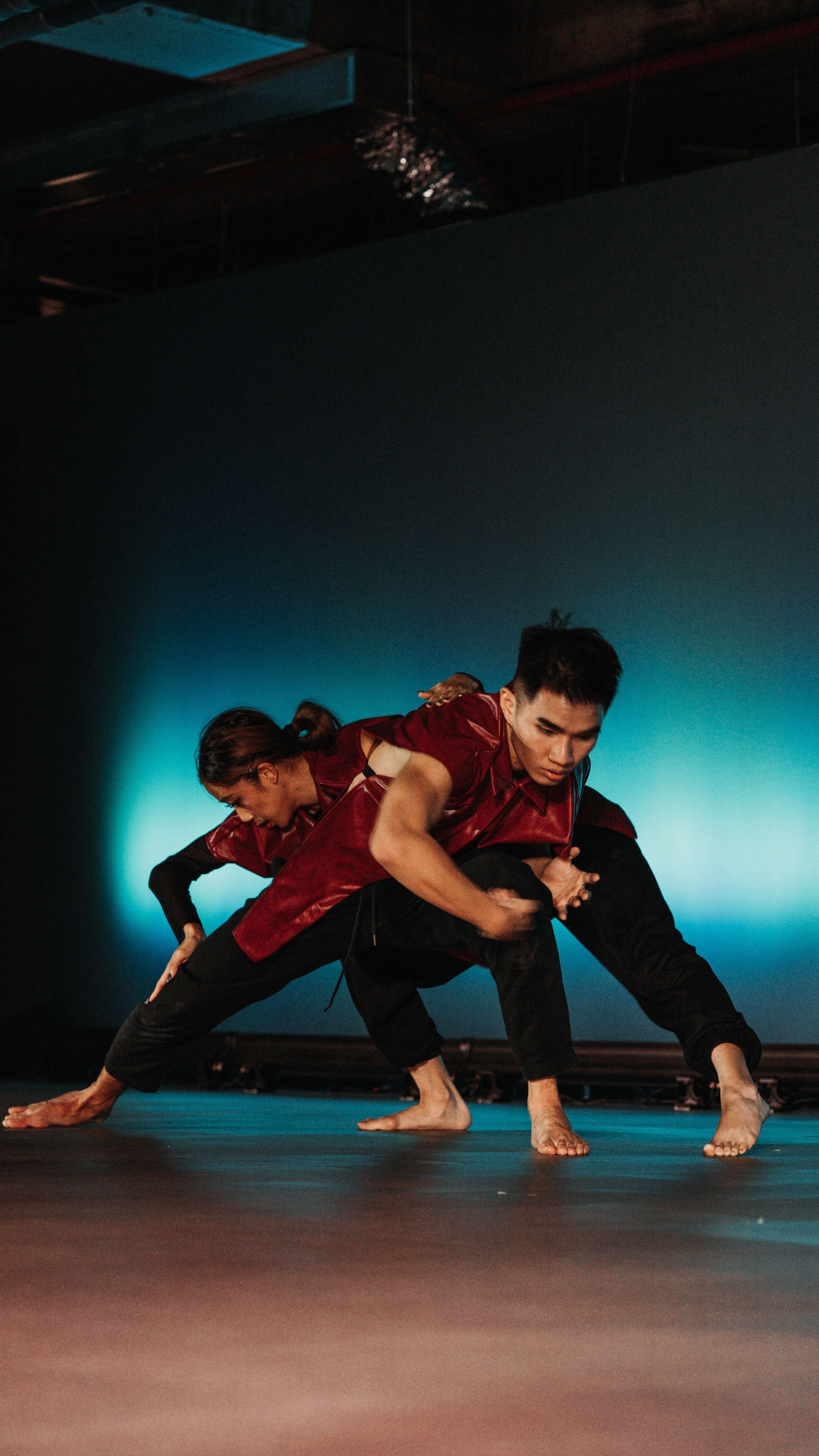
Meanwhile, Kamil was interested in playing through the process. He highlighted that choreographers often chase a deadline or try to meet certain criteria, so he asked himself, “How do I play around, and what will that create?”. His aim was to have fun without worrying about how his work was being perceived — definitely something that we all strive at regardless in which aspect of our lives!

Kamil’s item was very interesting for me because it included the aspect of interaction with the audience. We were allowed to choose a sequence of numbers that would determine the dancers’ routine, and this sequence is up to the audience in every show!
Another question that stood out was from someone in the audience. She pointed out that An An’s and Ah Lee’s item was a little tighter in terms of space usage and asked if that was intentional or part of the style.
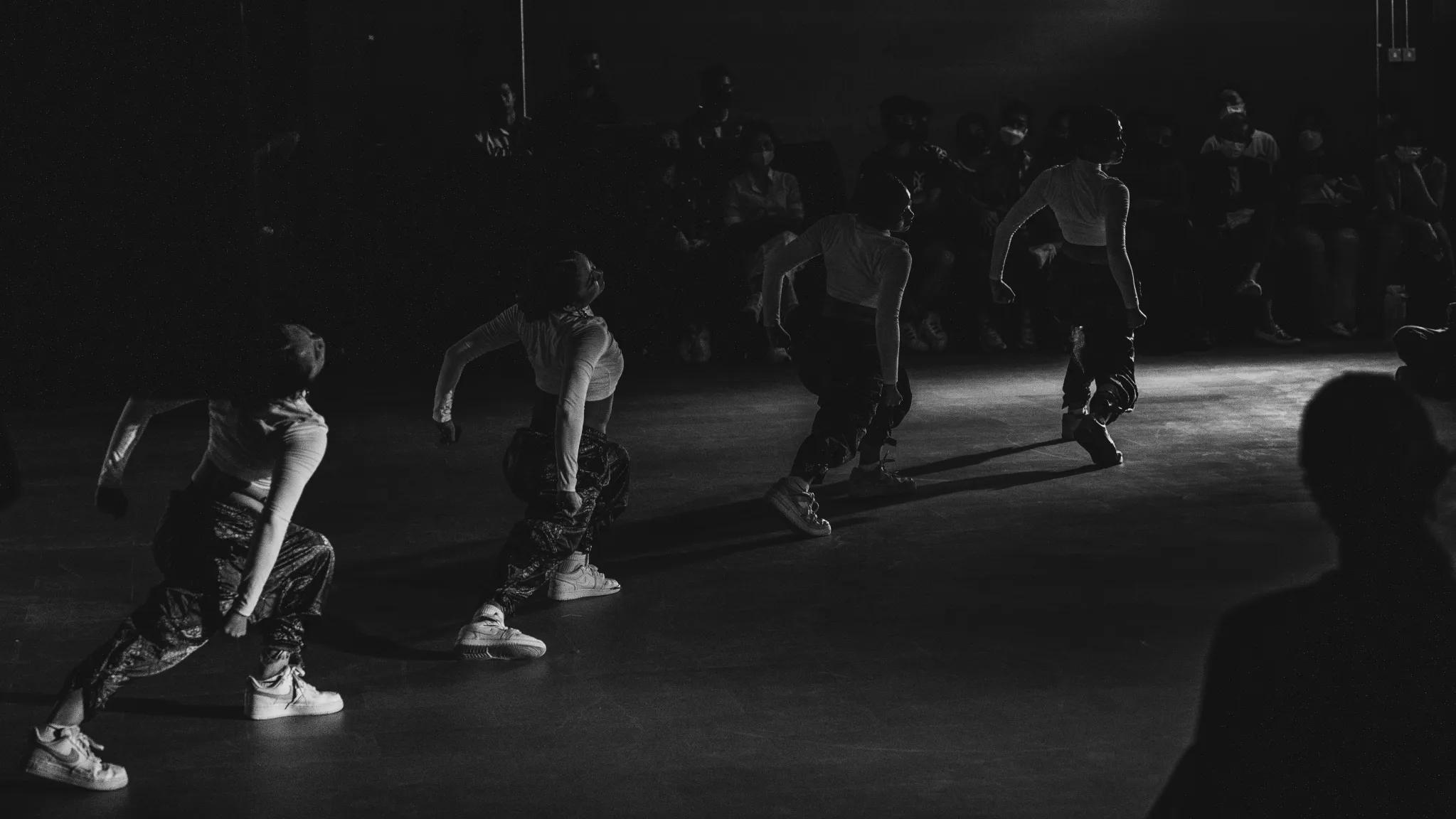
An An explained that for her piece, ‘Edit’, it was a conscious choice to keep them more ‘together’. She had a vision of typewriters — how the page moves as you type, and everything moves together when you push it back, so she wanted to keep that image of closeness.
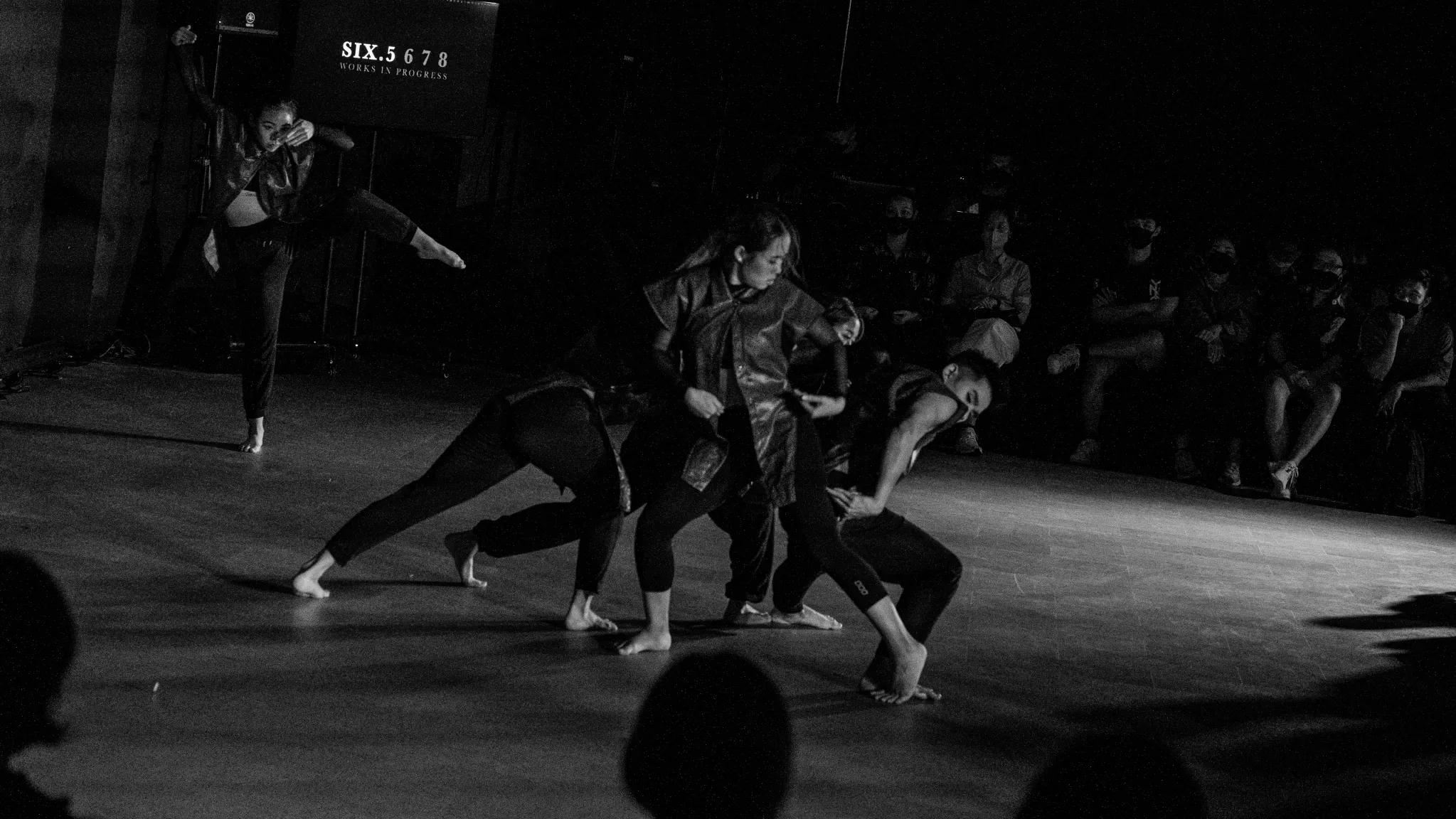
Meanwhile, Ah Lee wanted to explore connection. The piece was more for the artists to symbolise their journeys, where they may connect and even move past one another, but there are still shared connections portrayed through movements. Despite it being an exploration platform, the attention to detail with the concept and portrayal, down to staging and usage of space, impressed me!
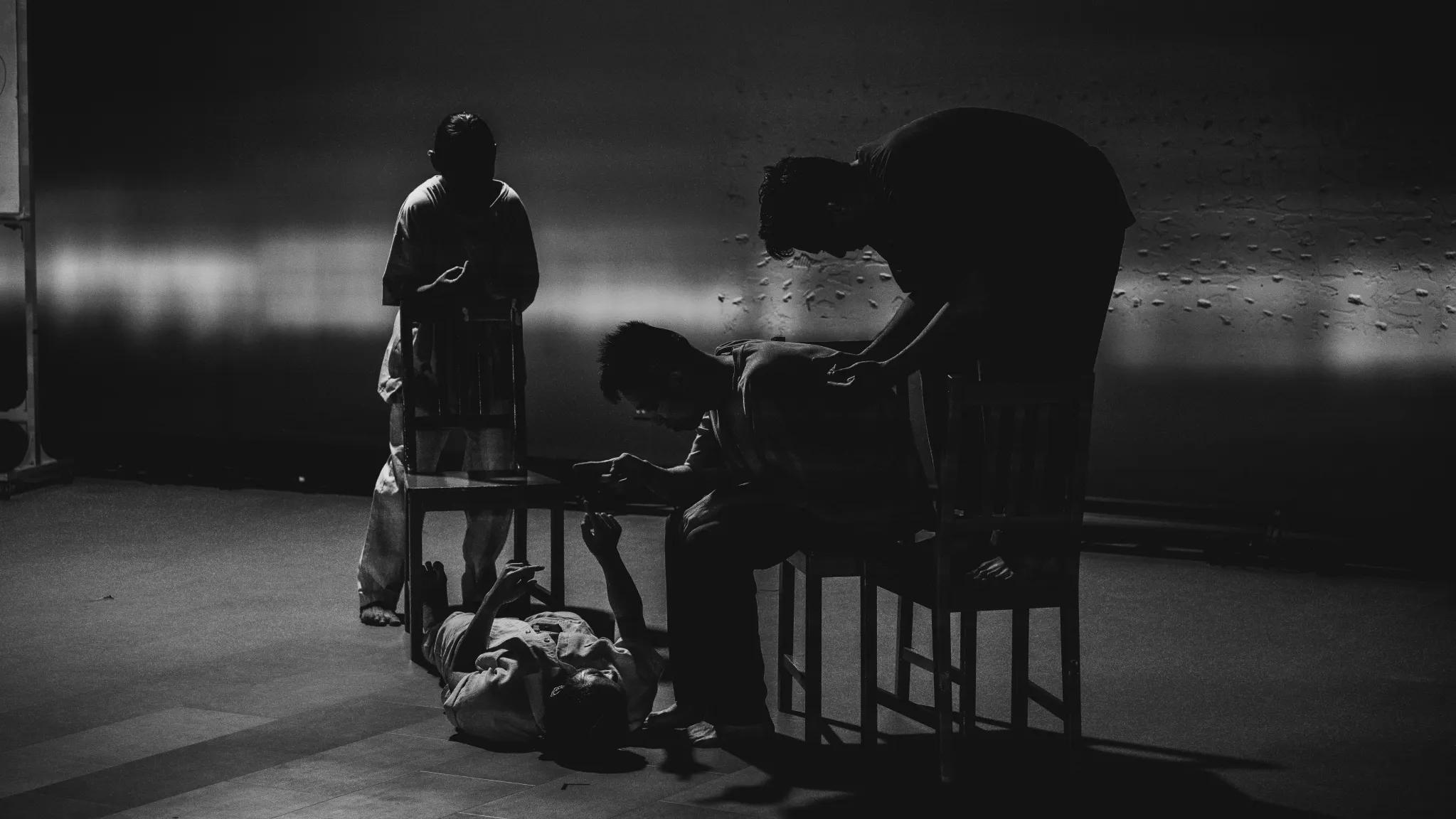
Beyond the creations we watched, we were able to speak to the choreographers and dancers of Six.5678 for more insight into their journey!
Dreamfellas: The second edition of Six.5678 is entitled ‘Works in Progress’. Can you give us some insight into the meaning behind this year’s concept?
Kamil: This is the second edition of Six.5678, but the core of it doesn’t change. As the same suggests “5678”, it is to focus on the preparation and process instead of the final outcome.
The task for this edition: Choose an open class choreography that you have taught before and let that be the starting point of what you create. This was the brief that I gave to the other two choreographers.
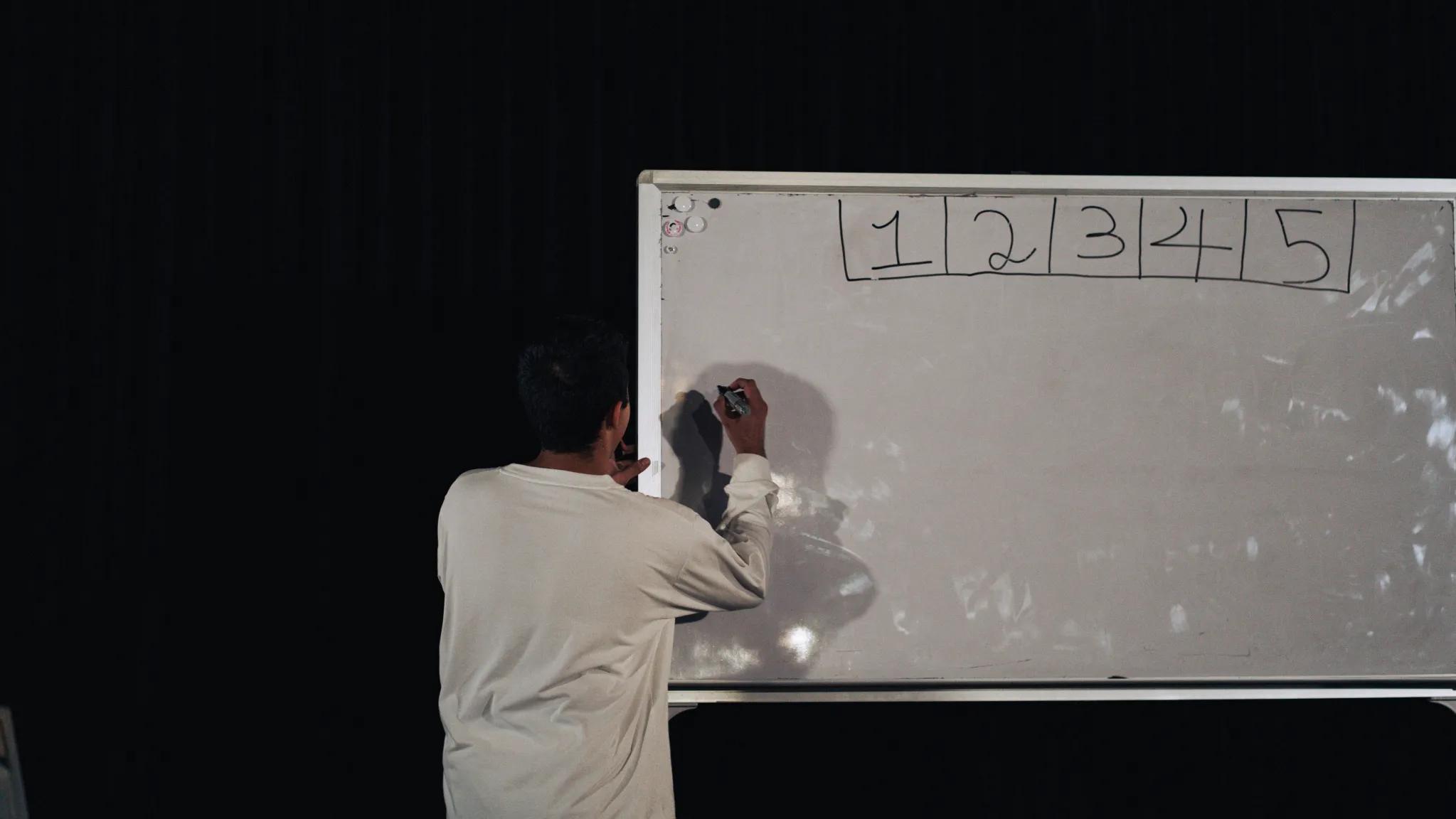
DFL: Can you tell us more about your individual take on this edition’s concept? Why did you interpret it this way/why did you want to showcase this?
Kamil: In these performance settings, there need not necessarily be a narrative or a story. It could simply be a thought, a curiosity or a space to explore ideas and concepts. My concept was pretty simple. How do I translate their process into the piece? How do I make the process be seen instead of refined? Ultimately, this was the main drive, and the constant “play time” during rehearsals led me to derive the concept of ‘Hitung’ which means counting in Bahasa.
Most of the time in the rehearsals, there was a lot of “figuring out” happening, and I wanted that to be very apparent. Eventually, what does this do to each individual? Through this process, it uncovered so many more trains of thought. It leads to us discussing things like rhythm, sequencing and also the idea of memory versus instinct.
At the end of the day, it was a piece that I wanted to break the dancer’s habits and allow them to reflect upon it during the performance.
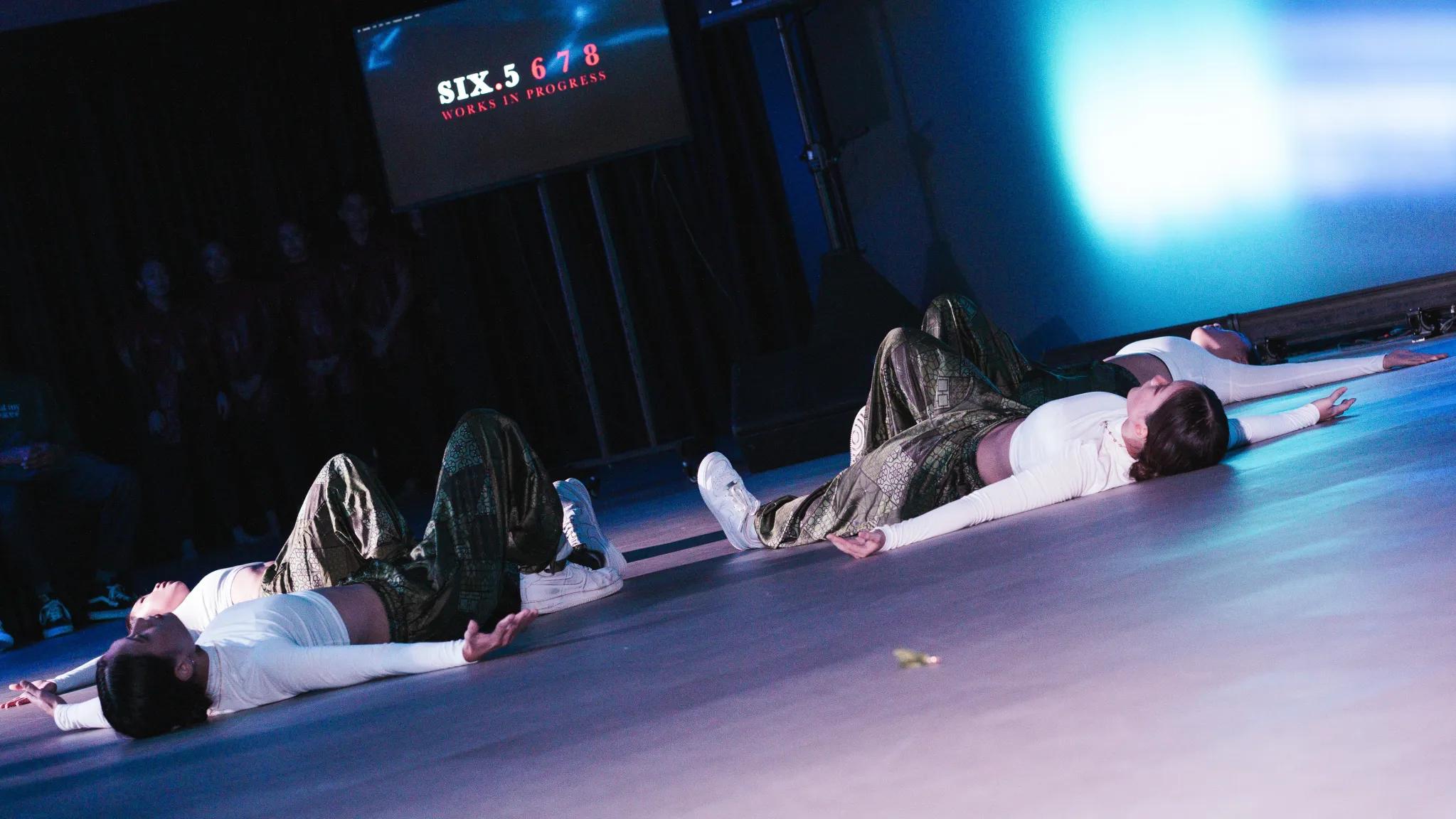
DFL: What do you hope would be the audience’s biggest takeaway?
Kamil: There is more than one way to create and present works. Especially in street dance when we are already so used to a certain way of showcasing and presenting our works. The possibilities of street dance are beyond just the movements. There’s a certain richness and familiarity to street dance that draws people. How else can we utilise this uniqueness?
Also, be okay with not knowing what you’re watching. That itself is a spark of curiosity in you. Ask questions and be okay to talk about what’s on your mind. Unpack beyond what you see on stage.
Lastly, not everything has to be presented as a final product. We need more support for such works-in-progress platforms as it opens up the possibilities for our artists in the street dance scene. It’s a start but a very promising start.
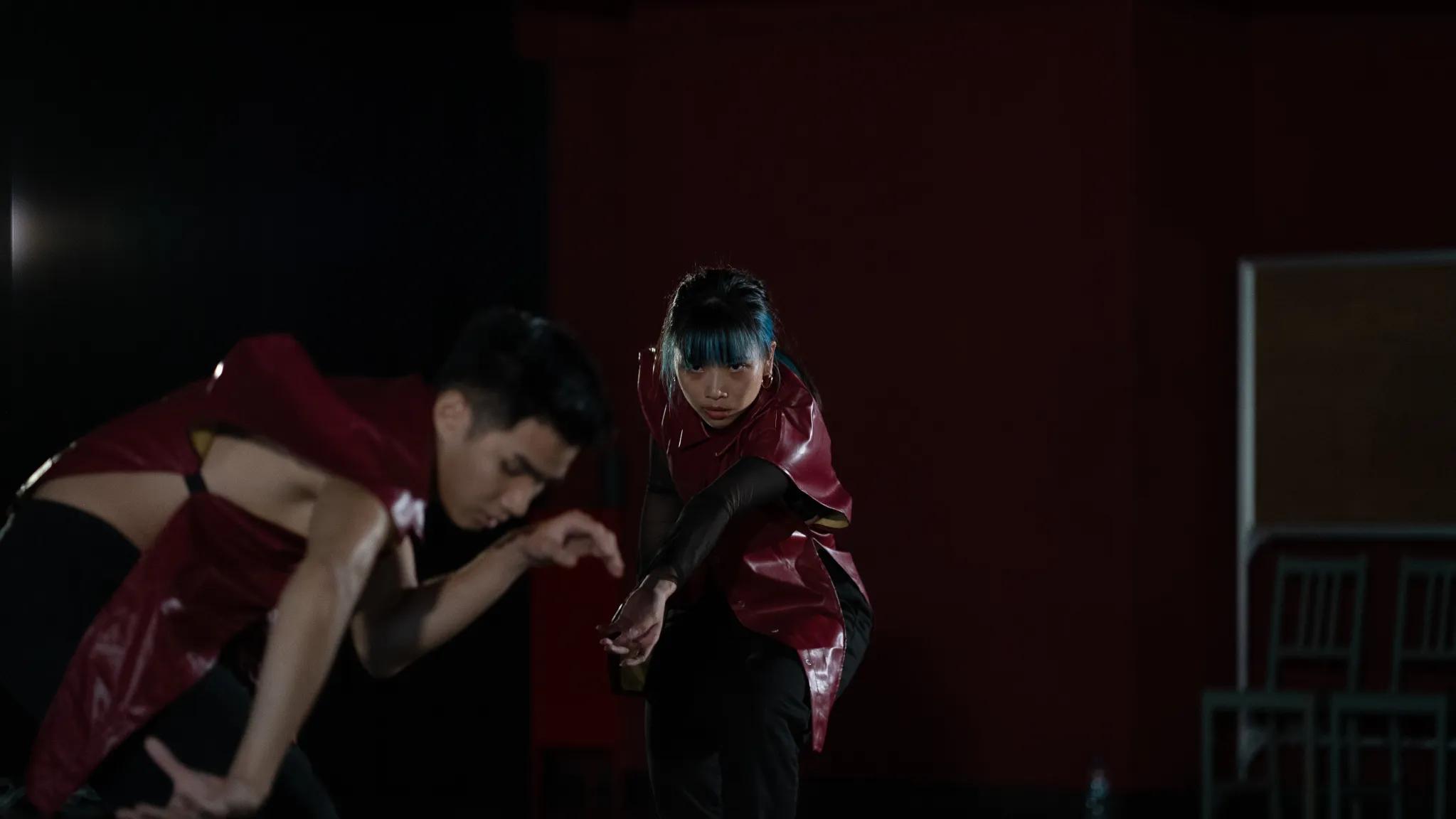
Dreamfellas: What was it like being part of Six.5678? How was the process, and how did this experience differ from other dance performances you’ve been a part of?
Darwin: Even though Kamil was directing, the process felt very inclusive. He utilised a lot of movements that were explored and developed by each of us. Besides that, rehearsals didn’t feel stressful at all. Rather, it was a fun time to experiment whilst practising every new eight created.
The main difference of this performance, I felt, was the idea of thinking. We had no choice but to think during the performance. We couldn’t rely on autopiloting with the musicality, we had to constantly count and think about every count throughout the performance.
To end it all, I appreciate how immersive it was and how the artistry of the performance was experienced by all parties involved. It is clear that the choreographers and performers felt it, and it translated into our experience as the audience.
O School Ltd is a performing arts centre that aims to identify and develop youth dance talents and the Singapore dance market to build sustainable careers for these talents. Check out their new space at GR.iD Singapore, 1 Selegie Rd, Singapore 188306.
For more dance reads, click here.
All images courtesy of O School and Ahmad Kamil.


